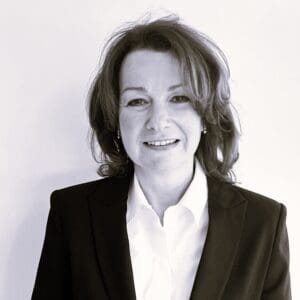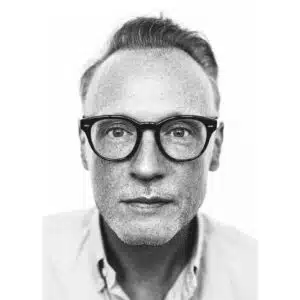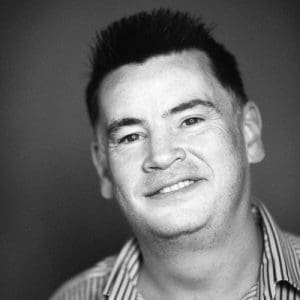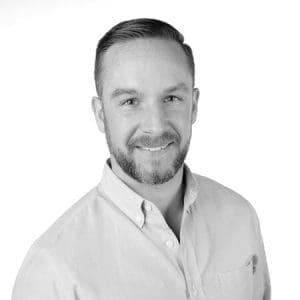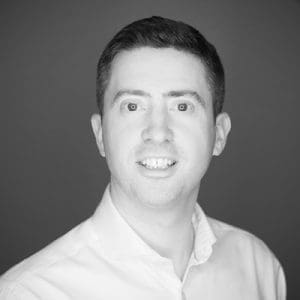BLOG
Keeping Your Employer Brand Human in the Age of AI
How brand, marketing and HR functions can pool expertise to stand out.
AI is a game changer for how companies attract, engage and hire talent, bringing speed, efficiency and personalization to the recruitment process. But with automation comes a new conundrum: candidate experience risks becoming beige and transactional. In a crowded market, companies may find themselves struggling to distinguish themselves and connect with top talent in meaningful ways.
That’s why Chief Marketing Officers (CMOs) and talent leaders—from Chief HR Officers (CHROs) to recruitment managers—must join forces like never before. By pooling their expertise, they can use AI strategically while preserving the storytelling, culture and emotional depth that make employer brands truly stand out. The result is not just stronger talent pipelines, but the kind of differentiation and momentum that fuels what we at Prophet call Uncommon Growth.
Here are three ways that brand, marketing and HR functions can come together to create recognizable, distinct and relevant employer brands in the age of AI.
Keep Your Talent Pipeline “Always-On”
In consumer marketing, brands rarely switch off their awareness efforts, and recruitment should be no different. Pausing employer branding between hiring cycles risks letting your talent pipeline go cold, making it harder to reignite interest later.
AI is now helping talent acquisition teams stay “always-on” in smarter, more scalable ways. This can range from personalized content and predictive hiring signals to automated, multi-channel messaging that keeps your employer brand front of mind.
For example, in early careers recruitment, AI-powered social listening tools can now track trending topics and draft content tailored to 16- to 22-year-olds, to help build talent communities amongst students. For hard-to-fill roles, regular customized content relevant to their niche, such as insider stories and professional development, can be used to keep pre-qualified candidates engaged and reduce time-to-hire when specialist roles eventually open up. In executive talent, AI tools can monitor leadership movements in competitor companies and industry news. This prompts recruitment teams to send tailored messages, making executive searches faster and smoother.
This ability to target, drive awareness and build relationships with talent gives companies a decisive edge, making every hiring cycle faster, smoother and more impactful.
Adopt a “Shopping-for-Jobs” Approach
CMOs are now increasingly using AI to intelligently promote their products or services at different stages of the marketing funnel, from awareness to consideration, conversion to loyalty. Smart tools are advancing at an astonishing rate, helping marketing leaders align brand strategy across multiple touchpoints to build emotional and functional connections and assess buyer readiness.
In a similar way, talent leaders can benefit from using AI to map candidate interaction points and apply AI marketing tactics to tailor messaging based on where candidates are in their career journey: who they are, what they value and where to reach them.
Prophet’s research shows that 74% of users now turn to AI tools instead of Google for information. The same rules apply in the context of candidates “shopping for jobs”. When competing for talent, employer brands need to stay visible in this new landscape. They must go beyond traditional tactics to understand how their employer brands are ranked and cited by AI engines, and as a result, perceived by potential employees.
AI is already playing a meaningful, though not yet dominant role in talent acquisition. Many teams use AI-powered tools daily to save time, improve sourcing productivity and reduce costs. However, when it comes to content creation and personalization, most organizations still rely on human strategy and creativity to make their employer brands compelling and distinctive. As AI becomes more widespread and companies focus on building AI literacy and fluency in their own teams, employers will need to strike a balance between efficiency and authenticity.
Remember: Employer Branding is for Humans, by Humans
Soon, it will be hard to remember a time when AI wasn’t deeply embedded in our daily work. But as it grows more influential, another major risk emerges: over-reliance. Blind dependence on AI can lead to bland, generic outputs. When everything is optimized by algorithms, human nuance can get lost in a “sea of sameness.”
To avoid losing authenticity, AI tools must be balanced with human-centric branding. People still crave originality, real voices, empathy, not mere transactional exchanges. Even if recruitment processes are increasingly powered by AI, talent leaders and CMOs must collaborate closely to ensure their brands continue to inject personality, purpose and emotional intelligence.
This means embedding the organization’s values and culture authentically into every touchpoint, communicating who you are beyond the role. It’s what transforms a candidate’s journey from a pitch into a meaningful invitation to belong—and that’s a powerful hallmark.
So, how can you build human connection in a highly automated recruitment world? Replace abstract, boilerplate descriptions with storytelling that resonates, featuring employee journeys, cultural moments, or purpose-driven narratives. Use AI for initial touchpoints but always follow up with personalized messages or callbacks from human recruiters to show that a real person cares. And even in AI-led interview processes, include regular human check-ins or “culture conversations” where alignment with core values drives hiring decisions, not just what’s on a CV.
FINAL THOUGHTS
In a talent market driven by AI’s speed and scale, employer brands must offer more than efficiency; rather, they must connect. The real differentiator will be how CMOs and talent leaders break down internal silos to blend the latest technology with the best of humanity: automation interwoven with empathy, data with storytelling, scale with soul.
Companies that get this balance right won’t just fill roles faster, they’ll create authentic, emotionally resonant brands that candidates actively seek out and stay loyal to. That’s how organizations will give themselves an edge in an AI-powered world, by ensuring their employer brand remains unmistakably human.
Get in touch with our team to learn more about how we can help your company.
